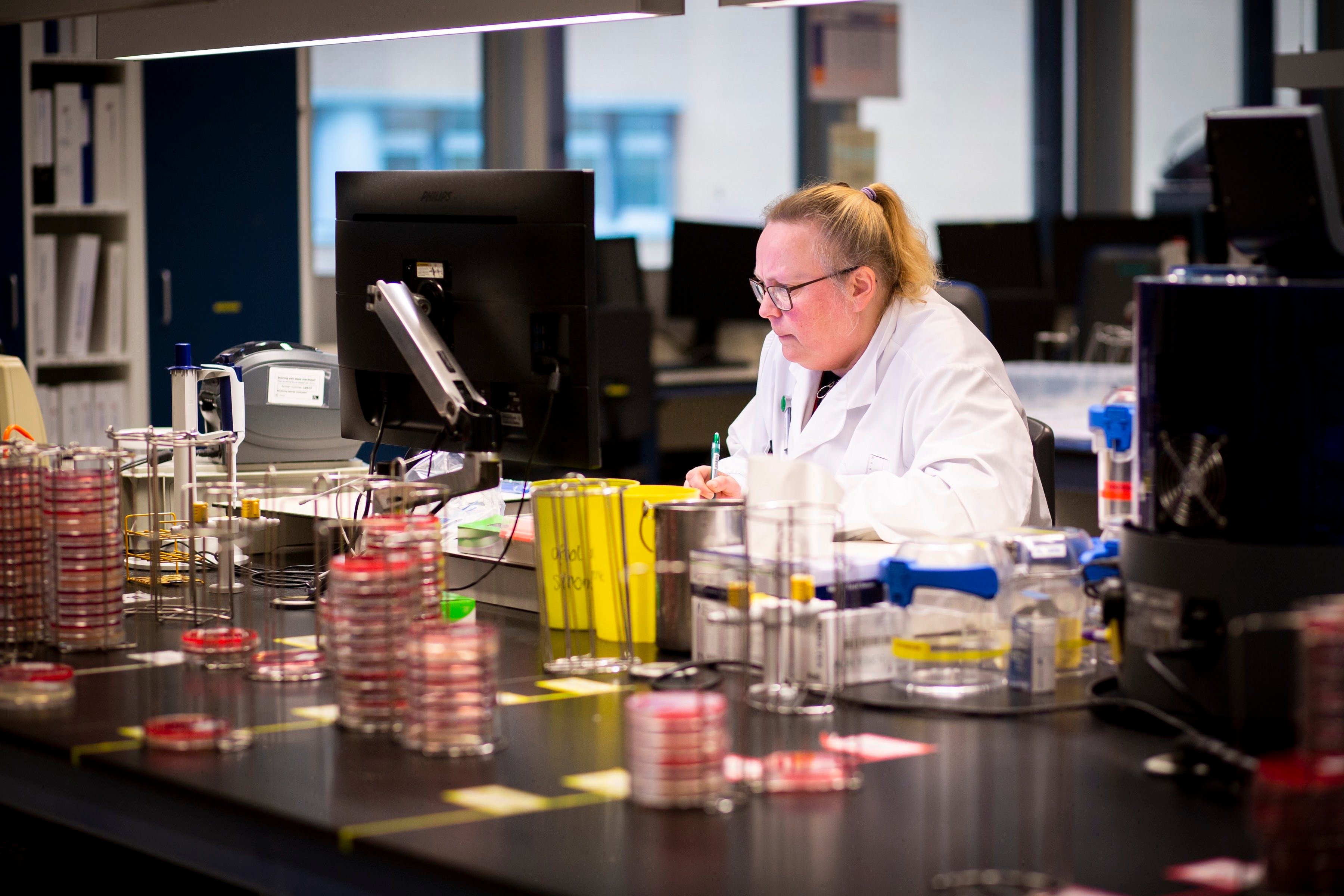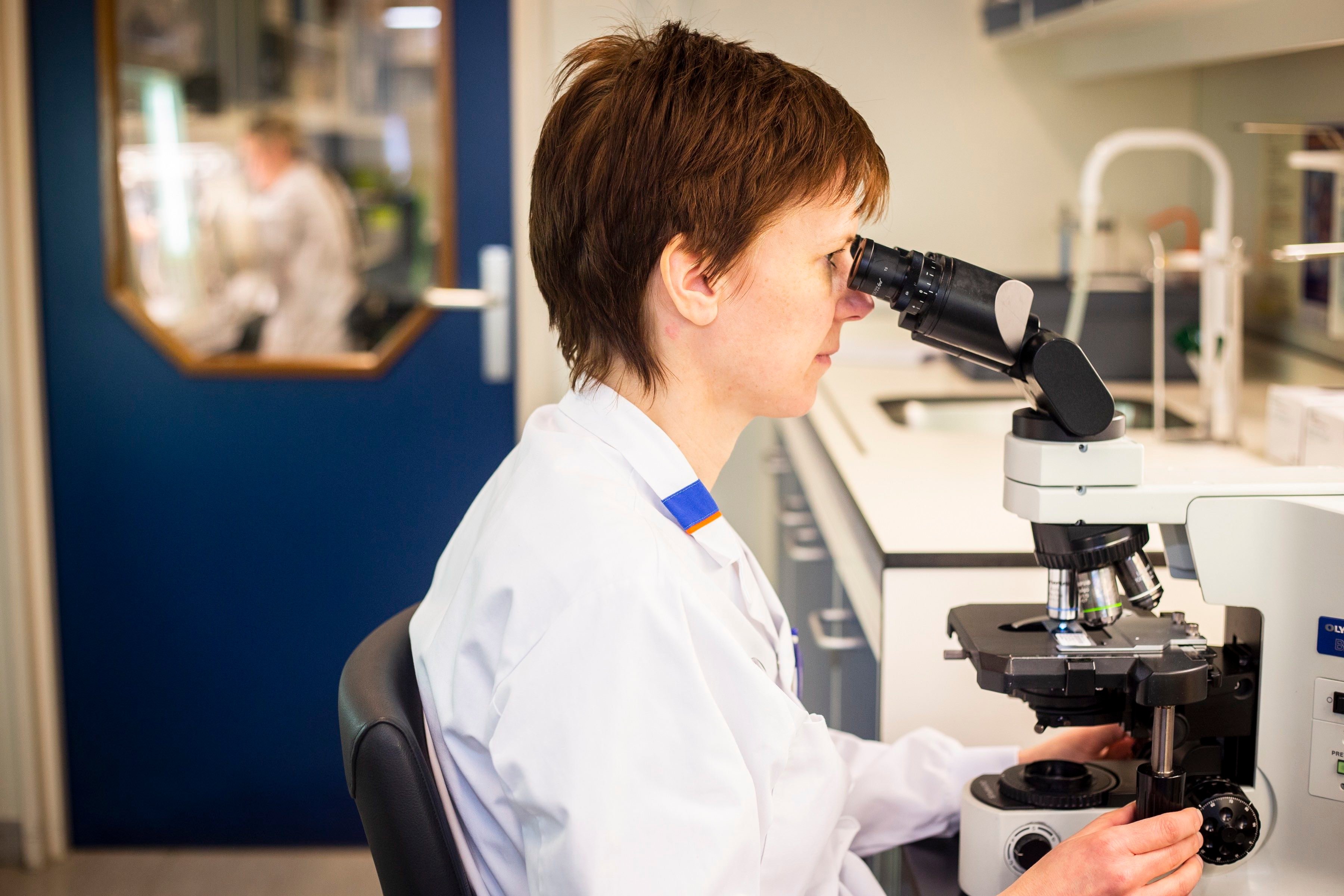Having a long-term business strategy is vital for every organization. A clear map provides a business overview and gives critical insight into the future. Enterprise Architecture (EA) can help an organization better understand its strategic objectives and improve long-term planning by mapping its business capabilities.
Each organization has its own approach to mapping business capabilities. University Medical Center Groningen's (UMCG) Lead Enterprise Architect, Jan-Joost van Walsum, and his team are key factors in the planning process, helping departments build and understand their strategic capabilities.
Instead of getting bogged down in discussions debating if something is a business function or a service, they focus on answering a more important question: “What capabilities do we need to harness to be optimal as a hospital?”
The results have positively changed the way they incorporate strategy and capabilities. Here's a case study of the impact on 3 different departments in UMCG:
- The Research Department
- A new group formed for AI development
- Human Resources Department
Research Department Strives to Show Societal Impact
When the Enterprise Architecture (EA) team started working with the Research Department, they explained capabilities as, "Something you need to do your work. As a manager, you can assess them, strengthen them, or develop them over the course of time. What enables you to perform your tasks as a research institution?"
The Research Department then came back with the request to include the intangible 'societal impact’ as one of their capabilities, because helping people is one of the main goals of their research.
From an architectural point of view, adding societal impact as a capability didn't make sense. It's not directly tied to information systems or business processes. However, it made sense from a strategic point of view. It would allow the Research Department to see the processes and assessments related to driving societal impact while helping the researchers see how their work changed lives. So instead of brushing it to the side, the EA team put it next to the more traditional capabilities of a research team, such as planning studies and publishing results.
The Research Department easily adopted capability modeling because the EA team listened and adapted their approach to fit this highly specialized department. Although it's challenging to measure or quantify the societal impact from an IT point of view, the EA team is making progress.
In the first stage, the EA team could neither measure nor use an application to strengthen the Research Department's societal impact. Now they are working on the next iteration of strategic capability planning with business owners: adding goals, assessing the current status, and initiating activities and projects. With an outline of activities, processes, or even applications (for example, a public portal for publishing research results) the effects of societal impact suddenly become qualifiable.

Making AI a Strategic Capability
UMCG defines capabilities as "something you need to be able to do your work" and, naturally, they don't need AI to do their work. However, it's needed to improve a diagnosis. This started the debate about where AI fit in UMCG’s structure, pulling in many viewpoints and opinions from the EA team.
"After looking at it from all angles, we realized that we were having a typical architectural discussion about semantics. We asked, 'Is this an important part of diagnosis for the foreseeable future?' Yes, it is. So now it's a capability”.
- Jan-Joost van Walsum, Lead Enterprise Architect at UMCG
With AI as a recognized and defined capability, the EA team could find ways to structure and support the ongoing initiatives. AI could have a center of excellence, where one group would have an overview, avoiding multiple parallel projects in different areas of the hospital that use AI. Once they had a single point from which to collect all AI initiatives, they could see what they had already accomplished and clearly see how to move forward.
When UMCG set up its 5-year strategy, implementing AI was one of their goals, so they performed a gap analysis to understand how they could reach it. By tying projects into the capability model, they could see how a project contributes to the capability alongside the goals they want to achieve.
When a management meeting suggested pausing a project, the EA team could immediately show them how that would set back their strategic goals for AI. Needless to say, the project remained active.
Exploring How to Reach Goals With Scenarios
When UMCG uses capabilities in project portfolio management, they connect capabilities to their strategic roadmap. Each capability is assessed and scored according to its importance for the organization’s long-term goals.
For example, if a capability lags behind, it’s given a red score. The EA team, in cooperation with the business owner, then identifies the projects that can strengthen the capability. The more vital a capability is for reaching long-term goals, the more resource is allocated to help strengthen it.
When presenting the information to stakeholders, the EA team uses Scenarios in Ardoq to show them various possible future outcomes. Jan-Joost explains, "We can show them that, if we don't do this project, then we don't strengthen this capability, and can't realize this goal in our strategic vision."
Discover more about UMCG in the blog Innovating Within Healthcare: Enterprise Architecture at UMCG.
A New Perspective on the Human Resources Process
It started with a thoroughly outdated Human Resources (HR) system that was no longer supported by its vendor. This resulted in the HR department deciding they needed a completely new system. The EA team stepped in, putting the new enterprise architecture plan, focusing on capabilities instead of business function, into action.
Normally, EAs would use The Open Group Architecture Framework (TOGAF) to develop a Project Start Architecture for a new system. However, the focus of the HR project wasn’t to replace the old HR system but to support HR services. The project’s scope was, therefore, larger than ‘just’ replacing the old system. After all, HR at UMCG had evolved from a basic function of ‘maintaining the personnel register’ to a more modern outlook of finding, supporting, and further educating staff.
Too often, a TOGAF project heavily focuses on developing complex, architectural deliverables, which are then handed over to business stakeholders. Unfortunately, business stakeholders often struggle to comprehend these deliverables because they lack contextual insight into the organization's architecture.
"Instead of forcing the business into our discourse, we're asking what they want to achieve."
- Jan-Joost van Walsum
The EA team started by looking at the breadth of services that an HR system needs to support. They quickly found that when HR services span everything from onboarding a colleague to their exit from UMCG, all of which involve different processes, they needed to make an architecture based entirely on capabilities.
The Enterprise Architecture team started by closely examining the onboarding process and talking with stakeholders. They asked questions like, 'What do we need from this new hire?' and 'What information do they need from us?'. These questions helped HR consider how their list of items and actions are connected to many other departments. For example, shortly after someone is hired, IT helps with hardware, security, account access, and training.
Collaboration Between Human Resources and the Enterprise Architecture Team
What started out as a structured initiative evolved into a cross-organizational collaboration initiative. The EA team interviewed the HR director and stakeholders to understand what they wanted to achieve. From these interviews, the HR team realized the complexity of connections involved in the onboarding process and how they were only contributing to a part of the big picture rather than running the process as a whole.
With this change of perspective, HR’s vision evolved from a system for 'bookkeeping personnel' to one focused on developing personnel. The open discourse helped the EA team understand HR's goals, and, in turn, the EA team helped the HR team understand how Enterprise Architecture could help by defining and adding capabilities.
"Maybe Human Resources didn't even realize the challenges they were having before we started asking questions about what they wanted to achieve, and this helped them in relating their day-to-day activities to their goals."
- Jan-Joost van Walsum
Now that HR better understood their own capabilities, the EA team could help them define a new strategic vision. They connected capabilities to HR’s objectives and pillars. Some of these capabilities moved across department lines and silos. With their vision mapped out, HR could see how capabilities needed to evolve to achieve their goals. The clear overview has helped HR move into talent management, giving employees support through the whole process, from applications to off-boarding.
Key Takeaways:
UMCG has taken a fresh perspective on Enterprise Architecture. Their traditional IT capabilities now include both the tangible and the intangible. Both are vital for the future of the organization.
EA Team’s achievements:
- Collaborating with and listening to stakeholders leads to projects that are designed for success.
- Intangible KPIs, like societal impact, can and should be used as capabilities in strategic planning to align strategy to execution.
- Seeing beyond semantics to grasp the bigger picture.
Find out how you can enable strategic capabilities in your organization.
 Ardoq
This article is written by Ardoq as it has multiple contributors, including subject matter experts.
Ardoq
This article is written by Ardoq as it has multiple contributors, including subject matter experts.




/Logos/Ardoq/RGB_Ardoq_Logo_Stacked_White_Monochrome%201.png?width=80&height=77&name=RGB_Ardoq_Logo_Stacked_White_Monochrome%201.png)

